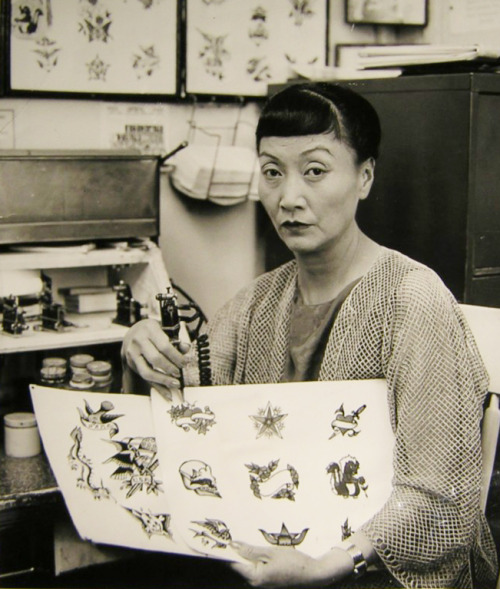


He is ultimately right: a pampered, beautiful woman like Lotus with her bound feet would not have been able to work the fields with him. Beauty Is Bad: Wang Lung's father specifically denies Wang Lung a beautiful woman, saying that a beautiful woman would not make a good wife to him and would only think of material things.He's able to separate them before it can go any further, but the man's complete lack of remorse spurs him to marry the girl off as soon as possible.

Attempted Rape: Wang Lung's nephew assaults his beautiful younger daughter.Arranged Marriage: Wang Lung to O-lan, Wang Lung's two eldest sons to their first wives, Wang Lung's youngest daughter to another family.Ambiguous Situation: It's never made clear whether Wang Lung's oldest son slept with Lotus, or if they really were just talking.Later on, Wang Lung's third son is implied to love Pear Blossom, who prefers Wang Lung.
 All Love Is Unrequited: O-lan is implied to love Wang Lung, who loves Lotus, who loves only herself. Shaw Brothers made a rather loose adaptation titled Sons of the Good Earth in the 60s. Despite Pearl Buck's objections, all the leading roles were given to white actors in yellowface. The film also won the Academy Award for Best Cinematography, and was nominated for Best Director, Best Film Editing and Best Picture. For her role as his wife O-Lan, Luise Rainer won an Academy Award for Best Actress. The film, directed by Sidney Franklin, starred Paul Muni as Wang Lung. The Good Earth was adapted for the stage in 1932, and a film version was released in 1937. The story concerns Wang Lung, a pre-revolutionary farmer who works his fingers to the bone to become successful with the help of his arranged-marriage wife O-Lan, only to drift away from his roots when he does achieve success. By contrast, the book's unflinching depiction of some of the grimmer aspects of life in China have made it less than popular there. Though Buck was an American, she spent most of her early life in China, and The Good Earth is credited with doing much to humanise and demythologise China and Chinese people to Americans. It is the first, and by far the best-known, book in a trilogy which continues in Sons (1932) and A House Divided (1935). It won the Pulitzer Prize in 1932, and topped the best-seller lists in the United States for 19.
All Love Is Unrequited: O-lan is implied to love Wang Lung, who loves Lotus, who loves only herself. Shaw Brothers made a rather loose adaptation titled Sons of the Good Earth in the 60s. Despite Pearl Buck's objections, all the leading roles were given to white actors in yellowface. The film also won the Academy Award for Best Cinematography, and was nominated for Best Director, Best Film Editing and Best Picture. For her role as his wife O-Lan, Luise Rainer won an Academy Award for Best Actress. The film, directed by Sidney Franklin, starred Paul Muni as Wang Lung. The Good Earth was adapted for the stage in 1932, and a film version was released in 1937. The story concerns Wang Lung, a pre-revolutionary farmer who works his fingers to the bone to become successful with the help of his arranged-marriage wife O-Lan, only to drift away from his roots when he does achieve success. By contrast, the book's unflinching depiction of some of the grimmer aspects of life in China have made it less than popular there. Though Buck was an American, she spent most of her early life in China, and The Good Earth is credited with doing much to humanise and demythologise China and Chinese people to Americans. It is the first, and by far the best-known, book in a trilogy which continues in Sons (1932) and A House Divided (1935). It won the Pulitzer Prize in 1932, and topped the best-seller lists in the United States for 19.








 0 kommentar(er)
0 kommentar(er)
